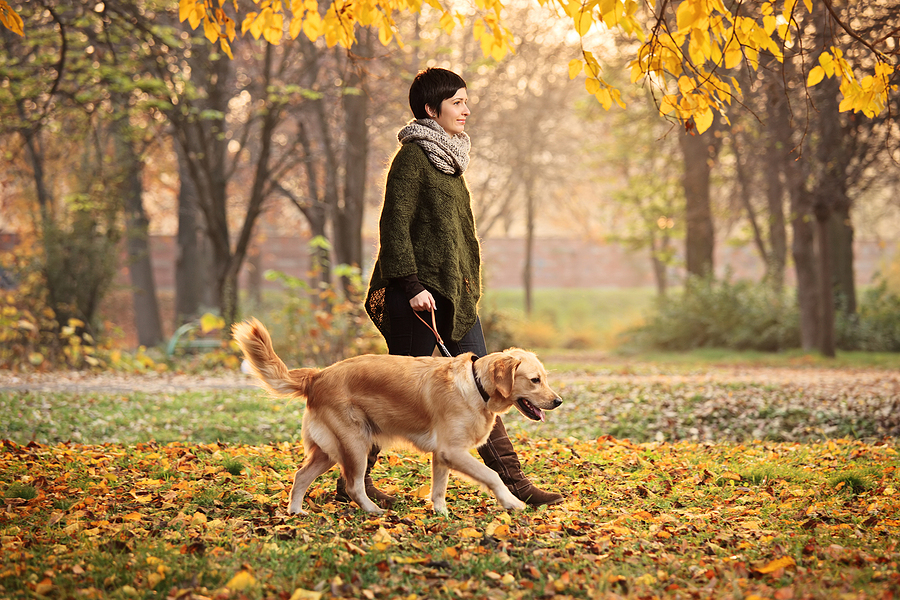I walk my dogs every morning: rain or shine, wind or heat, I walk my dogs every morning. And every morning I experience some form of change resistance.
Now, don’t get me wrong—I love to walk my dogs. Intellectually, I know how good it is for them and me. Emotionally, I like the quiet time to reflect, recharge my batteries and appreciate the beauty of nature. Physically, I enjoy the exercise, and spiritually . . , well, suffice it to say that I get that benefit, too. But none of these benefits seem to affect the change resistance that rears its head on some mornings so strongly that I have to actually declare again to myself: I walk my dogs every morning!
What is it about change that generates so much crackle and resistance?
Let’s take a look at the four main ingredients of resistance and how to overcome them.
- Actual physical resistance: Homeostasis is the state of steady internal, physical, and chemical conditions maintained by our body. When we introduce a new physical practice to our routine, the body fights back with actual physical resistance to the disruption of the homeostasis it had before the new routine.
Solution: Repetition of the practice brings new homeostasis. Studies show that changes we make to our routine are solidified simply by virtue of repetition. We get good at what we practice, and our body learns the new homeostasis.
- Mental resistance: This is the noise we hear as we begin to implement a new change. Our minds send up all sorts of “reasons” NOT to make the change we are seeking. Even a change as innocuous as walking the dogs can trigger a variety of “reasons” to skip it. “It’s too cold.” It’s too hot.” “I don’t have time.” “The dogs don’t look like they want to go.” Apparently, my internal chatter speaks fluent dog.
Solution: Create a strong, clear affirmative statement of the desired change to implement: (e.g. I walk my dogs ever morning). There have been many studies which enumerate the benefits of affirmations, so I won’t belabor this point.
- Emotional resistance: This is the emotional churn we feel as we try something new. Sometimes it’s fear of the unknown or worry about well-being and safety. I walk my dogs every morning in the wilderness, so I take precautions for my safety. I had a client who became angry as a part of his change resistance. He wanted to leave work by 6 pm every work day to spend time with his children and he became angry about his co-workers who were staying later than he was. After we identified his emotions as change resistance, he was able to see that his true emotion was fear: fear of being perceived as not working as hard as they were. He had a conversation with his manager to confirm that leaving by 6 pm didn’t impact his performance and felt reassured that his manager supported his choice.
Solution: Use investigation to discover the truths hidden beneath of emotions; be curious about what the emotion is and where it is coming from. Investigate to give yourself new facts to support your changes.
- Community Drag-coefficient: What’s this?? Have you ever noticed that you get resistance from others when you talk about a change you are making? The community itself has the same homeostasis requirements that an individual can experience. The impulse from the community at large is to stabilize and when an individual seeks to make a change, it disrupts the stability even when the change is valuable to that community. My friends teased me about walking the dogs every morning when I first began my new routine. They said they could set their watches by me. I knew that their teasing was simply born from discomfort with the new “disruption” to the community. Interestingly, some of them now join me to walk their dogs every morning.
Solution: Communicate. Use all the solutions from the previous points on behalf of the community. Give a strong, clear message of the change, investigate the group’s emotions and encourage coherence around the new change based on facts. You may find yourself leading the change in your organization or team.
I walk my dogs every morning. I have been doing that for the past three years and some mornings, it feels like the first morning. I like to find the humor in most situations, so I laugh to myself and think if one walk a day has generated this much resistance, what would two walks a day bring? Maybe I will give that a try next!
